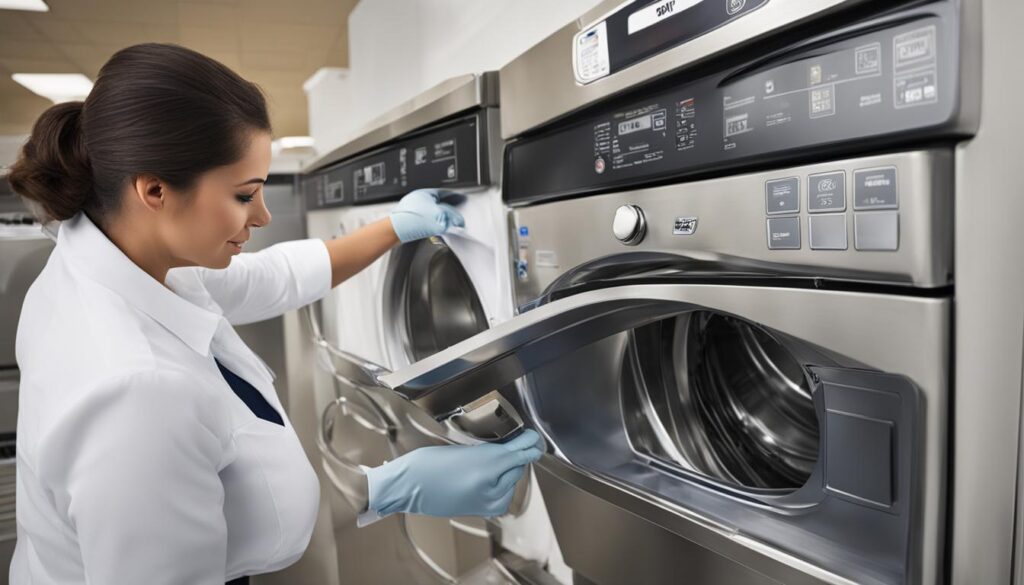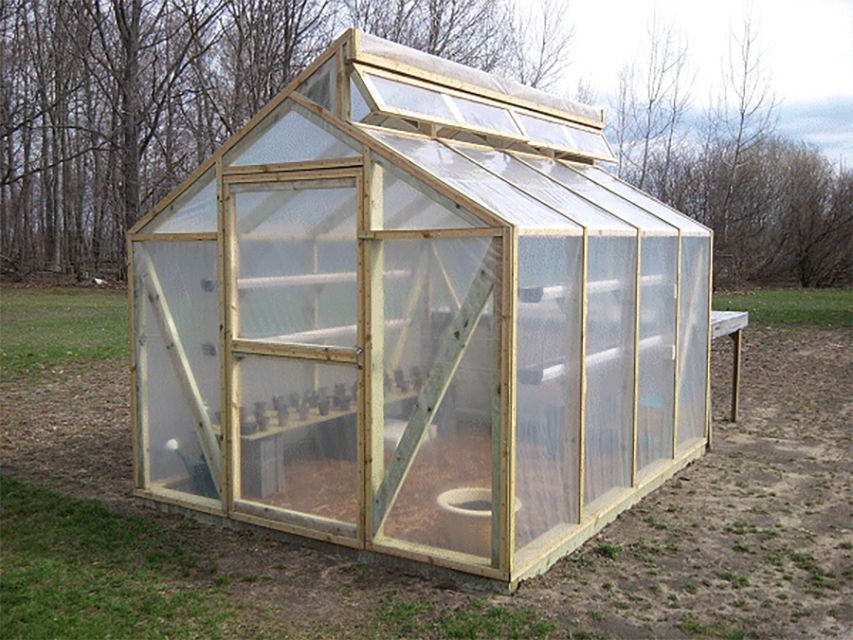Essential Temperature Guidelines for Salad Bars and Refrigerators: Keeping Food Safe
Introduction: Why Temperature Matters for Food Safety
Maintaining proper temperatures in salad bars and refrigerators is a cornerstone of food safety. Incorrect storage temperatures can foster the rapid growth of bacteria such as
Salmonella
,
E. coli
, and
Listeria monocytogenes
, putting consumers at risk of foodborne illness. Whether you operate a commercial food business, manage a school cafeteria, or store food at home, understanding and implementing the right temperature standards is essential for protecting health and meeting regulatory requirements
[3]
[4]
.
Recommended Temperature for Salad Bars and Refrigerators
The safe temperature for salad bars and refrigerators is universally recognized as 40°F (4°C) or below . Some sources recommend a slightly lower range for added safety: 34°F to 40°F (1°C to 4°C) [2] . This range slows or halts the growth of most pathogenic bacteria, keeping food safe for consumption. It is critical to regularly monitor refrigeration units with accurate thermometers to ensure temperatures are consistently maintained [1] .
Why 40°F Is the Threshold
Bacteria grow most rapidly between 40°F and 140°F , a range known as the “Danger Zone.” Food held above 40°F for more than two hours can become unsafe. Below 40°F, most pathogens are unable to multiply quickly, and spoilage is slowed [4] .
Practical Steps to Maintain Safe Temperatures
Implementing safe storage practices goes beyond setting the thermostat. Here are step-by-step strategies to ensure food safety at salad bars and in refrigerators:

Source: independent.co.uk
- Install appliance thermometers: Place thermometers in the warmest part of the unit. Check readings at least once a week, or daily in commercial settings [3] .
- Monitor during power outages: If a power failure occurs, verify the temperature as soon as power returns. Food is safe if the fridge or salad bar stayed at 40°F or below. Above this, discard perishable items [1] .
- Organize food properly: Store raw meats on lower shelves to prevent drips onto ready-to-eat foods. Keep produce above raw proteins [2] .
- Use shallow containers: For large batches, divide foods into smaller containers to cool quickly and evenly [5] .
- Clean regularly: Sanitize surfaces and remove spoiled foods immediately to prevent cross-contamination and odors [2] .
Real-World Example: Salad Bar Safety in Restaurants
A busy restaurant chain introduced strict refrigerator and salad bar monitoring after a foodborne illness outbreak. By installing calibrated appliance thermometers and training staff to record temperatures every four hours, they reduced risk and passed health inspections consistently. Their protocol included discarding any food held above 40°F for more than two hours, particularly during peak service times and after power interruptions [4] .
Case Study: Home Refrigeration and Family Safety
Families often overlook refrigerator maintenance. A recent survey found that 20% of home refrigerators were set above 40°F, increasing risk of spoilage and illness. By following expert guidelines-setting the temperature between 34°F and 40°F, using airtight containers, and labeling leftovers-families can prevent foodborne illness and extend food shelf life [2] .
Challenges and Solutions in Temperature Management
Maintaining safe temperatures is not without challenges:

Source: self.com
- Equipment malfunction: Commercial refrigeration units may fail unexpectedly. Solution: Invest in backup thermometers and maintain emergency protocols for food disposal.
- Frequent door opening: High-traffic salad bars and kitchen refrigerators experience temperature fluctuations. Solution: Limit door openings, use smaller containers, and replenish food in batches.
- Inconsistent monitoring: Staff may forget to check temperatures. Solution: Establish a written log and assign responsibility to specific team members.
Alternative Approaches to Salad Bar Safety
In environments where refrigeration cannot be guaranteed, such as outdoor events or mobile service, use ice baths or insulated containers to keep foods at or below 40°F. Regularly replace ice and monitor with portable thermometers. For large gatherings, consider pre-chilled serving trays and rapid cooling methods.
Step-by-Step Guide to Ensuring Food Safety
- Purchase reliable appliance thermometers from reputable suppliers or local stores.
- Set refrigerator and salad bar units to 40°F (4°C) or lower. For added safety and freshness, aim for 34°F to 40°F.
- Check and log temperatures daily. For businesses, check every four hours during service.
- Organize food storage by separating raw and ready-to-eat foods. Use airtight containers and label with storage dates.
- Respond to power outages by immediately checking the temperature. Discard food held above 40°F for more than two hours.
- Educate staff and family members on the importance of temperature monitoring and safe food handling.
Accessing Further Guidance and Compliance Resources
For the latest recommendations, visit the U.S. Food and Drug Administration and U.S. Department of Agriculture websites. If you operate a food business, your local health department can provide compliance checklists and training. Search for “food safety regulations” and “refrigerator temperature guidelines” on official agency pages for up-to-date recommendations.
If you need appliance thermometers, they are available at most home improvement, grocery, and kitchen supply stores. For commercial needs, consult trusted equipment suppliers and request documentation of calibration accuracy.
Summary and Key Takeaways
Consistently maintaining salad bars and refrigerators at 40°F (4°C) or below is crucial for food safety. Regular monitoring, proper organization, and rapid response to temperature deviations minimize health risks and ensure compliance with industry standards. Whether at home or in a commercial setting, following these expert guidelines protects your customers and family members from foodborne illness.
References
- [1] StateFoodSafety (2018). Fridge Storage for Food Safety.
- [2] Kansas State University Research and Extension (2022). Safe Food Storage: The Refrigerator and Freezer.
- [3] FDA (2023). Are You Storing Food Safely?
- [4] USDA FSIS (2015). Refrigeration & Food Safety.
- [5] USDA FSIS (2020). Leftovers and Food Safety.
MORE FROM hotondeals.com













